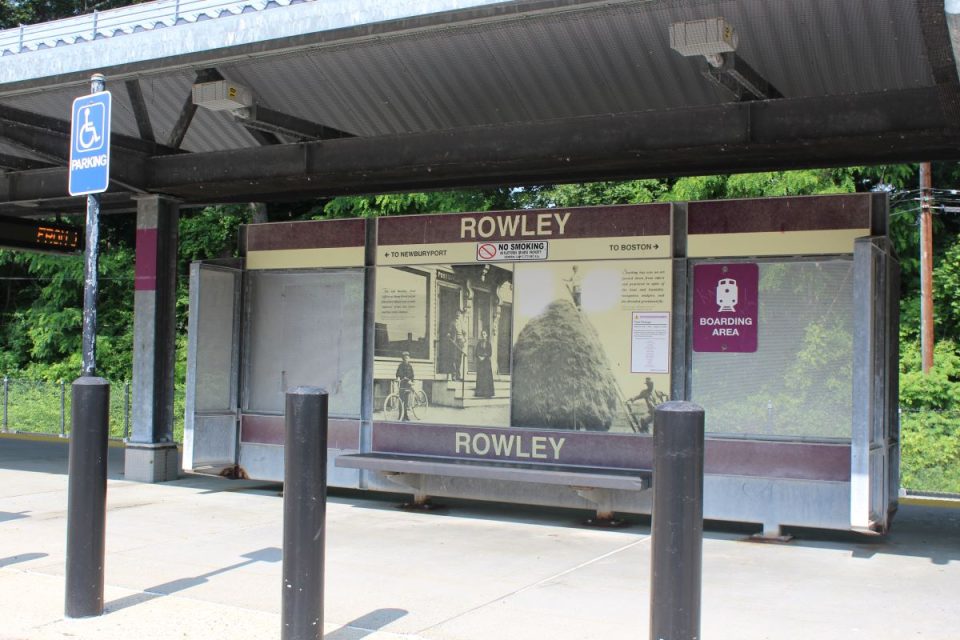REGIONAL – Wondering why home prices and apartment rentals in Massachusetts are so high? Look no further than one statistic from the Massachusetts Bay Transportation Authority (MBTA).
Between 1960 and 1990, 900,000 homes were built in Massachusetts. In the next 30 years from 1990 to 2020, 470,000 housing permits were issued, creating a deficit of at least 430,000 homes at a time when the state may be losing residents, but is still growing.
The shortage in homes is primarily in the middle-income range – duplexes and triplexes, according to Merrimack Valley Planning Commission planner Lauren Keisling.
In a proposal that is proving to be controversial among municipalities, the state thinks it can fix the problem by requiring local communities served by the MBTA to create zoning districts that allow the construction of more apartments and condominiums.
“By allowing multifamily housing near transit, we can create new housing in walkable neighborhoods closer to transit, which is not just good housing policy, it is good climate and transportation policy, too,” Mike Kennealy, secretary of the Department of Housing and Economic Development, wrote to local officials in 175 MBTA communities, including all North Shore towns and cities.
Town officials in Rowley and Salisbury last week heard where they may be asked to create the subdistricts – two in Rowley and four in Salisbury.
Rowley, which has 2024 homes, is required to add 601 new residences. It will be asked to approve a new zoning district of 36 new homes around the MBTA station and a 47-acre near the Georgetown line at Interstate 35 and state Rte. 133.
Salisbury, which has 5,303 housing units, is under pressure to build 750 new homes in four zoning subdistricts – on Bridge Road, along Beach Road, on Lafayette Road in the McKenna Mountain area on the Seabrook, NH line and along 110 west, near Interstate 95.
The goal is to create a total of 15 new units per acre, although each area will vary depending on how developable the land is.
The buildings would be zoned as three-stories. There would be no age restrictions on the residents who live in these new buildings. And they would be designed for families with children.
Rowley and Salisbury are not alone. Amesbury must create 789 new homes; Ipswich, 971; Georgetown, 750; Newburyport, 1,292 units, and Newbury, 154.
The proposed rezoning bylaw must be approved by each town’s planning board and zoning board of appeals before being presented to the Town Meeting, probably in 2024, town and MVPC staff said.
If the town refuses to adopt the new zoning districts, the state can cut off funding from three state programs. The most significant would be grants from the Mass Works Infrastructure, but also from the Housing Choice Community Grants and the Local Capital Projects Fund.
The state attorney general has already ruled that compliance with the new program is not optional and would result in the town being sued by the state.
Rowley Board of Selectmen chairman Cliff Pierce said, “We do not want to get into litigation with the attorney general over our housing policy.”
Towns Must Zone for More Housing
Tuesday July 04, 2023




